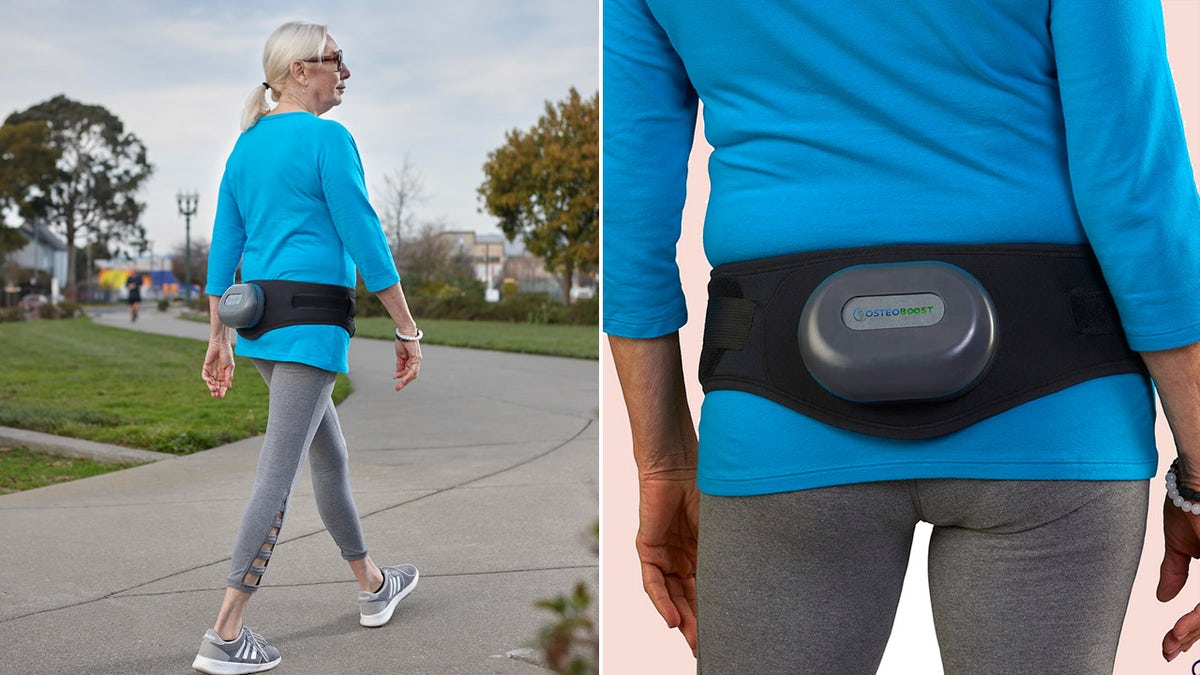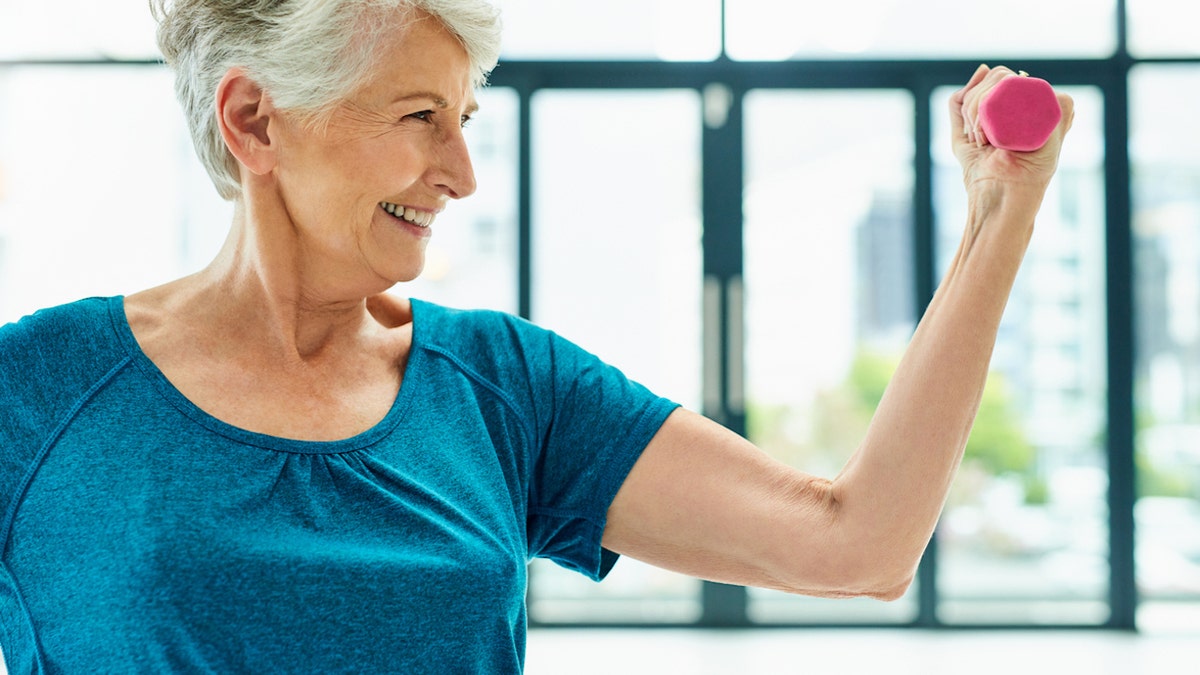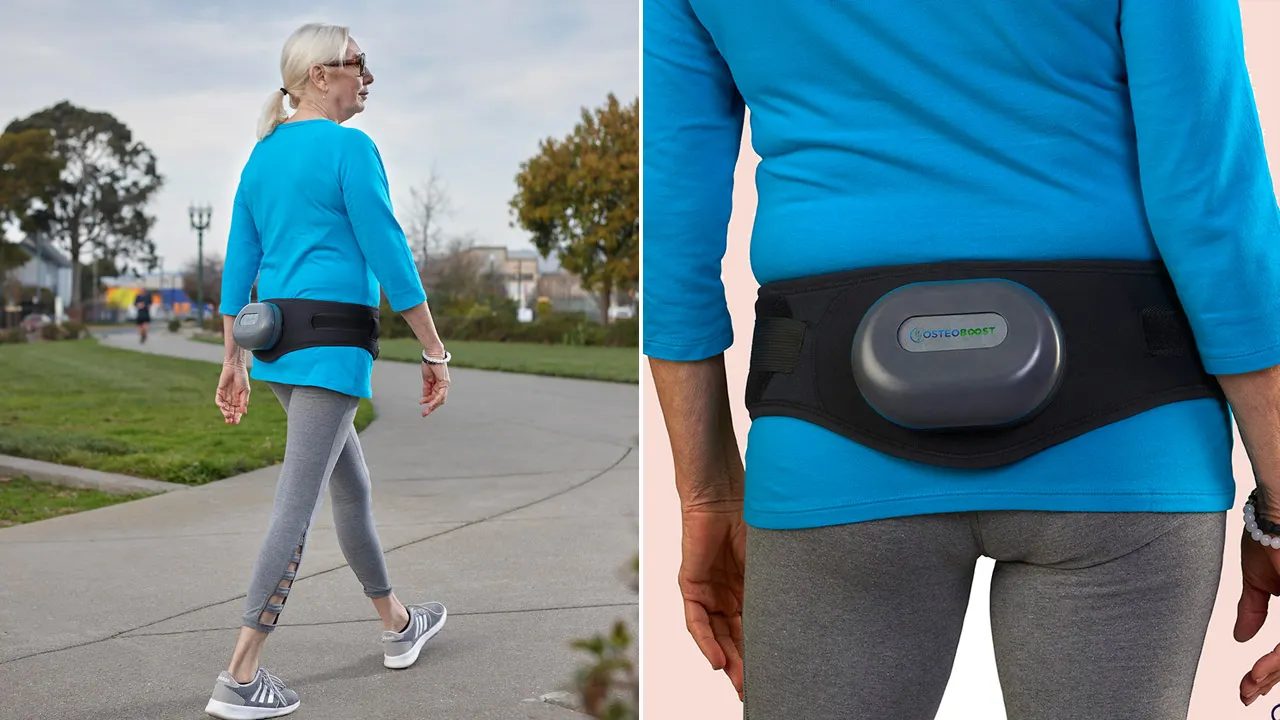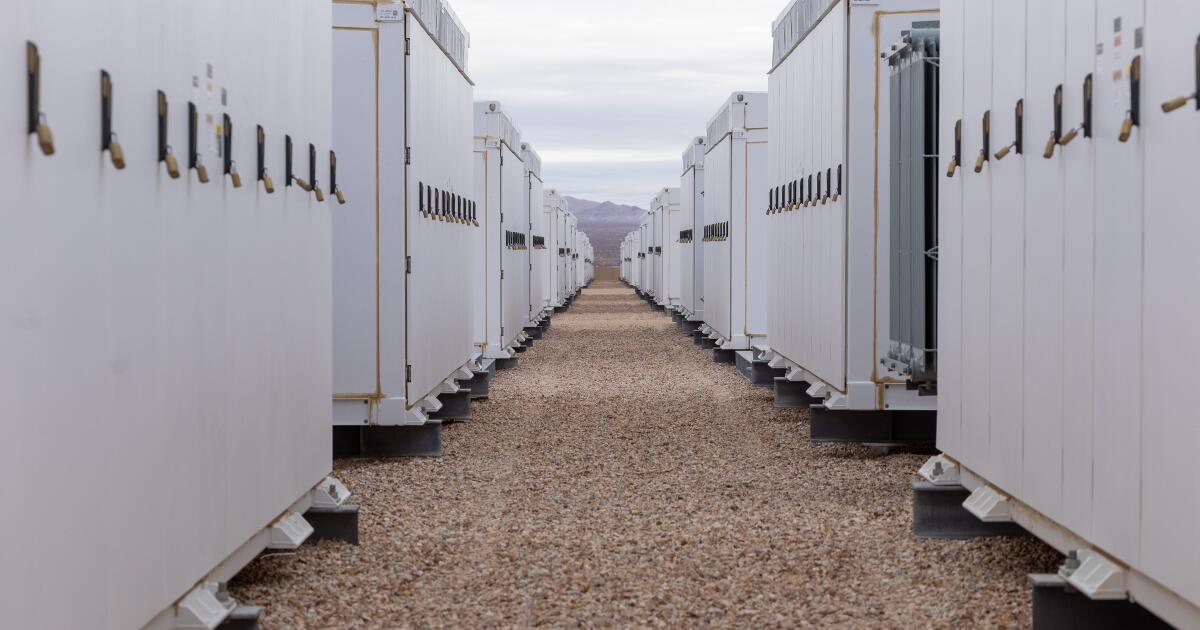Postmenopausal women may soon have a new weapon in the fight against bone loss.
The US Food and Drug Administration (FDA) recently granted clearance for a vibrating belt known as Osteoboost.
The prescription device is intended for postmenopausal women who have low bone density, a condition called osteopenia, according to the company's manufacturer, Bone Health Technologies.
BE WELL: KEEP YOUR BONES STRONG TO PREVENT OSTEOPOROSIS
“A study conducted at the University of Nebraska Medical Center demonstrated the effectiveness of Osteoboost in directly stimulating bone growth and preserving bone mineral density and strength in postmenopausal women with osteopenia by sending low-frequency vibrations directly to the lumbar spine and hips,” Laura Yecies, CEO of Bone Health Technologies in Redwood City, California, told Fox News Digital.
The US Food and Drug Administration recently granted approval for a vibrating belt known as Osteoboost. It works by sending low-frequency vibrations directly to the lumbar spine and hips. (Bone Health Technologies)
Less than 10% of patients who meet the criteria for osteoporosis medications take them, and many others do not take them regularly, Yecies noted.
Osteoboost technology is “safe, requires no medications, and is easy to use at home, making it suitable for a wide variety of patients with bone density loss,” he said.
The FDA approved the device on January 18 based on research funded by the National Institutes of Health (NIH).
PICKLEBALL HELPS IMPROVE MENTAL HEALTH OF SENIORS, OFFERING 'ADAPTABILITY AND ACCESSIBILITY', ACCORDING TO SURVEY
The NIH findings were presented at last year's annual scientific meeting of the Endocrine Society in Chicago, as well as at the American Society for Bone and Mineral Research in Vancouver, British Columbia, Canada.
The findings are currently under peer review for publication.

The Osteoboost technology is “safe, requires no medications and is easy to use at home,” the CEO said. (Bone Health Technologies)
“There are some studies up to 15 years old that have found that whole-body vibration stimulation can have a beneficial effect on bone strength,” Chris Morris, MD, a rheumatologist at Arthritis Associates in Kingsport, Tennessee, told Fox News Digital. . . Morris is not affiliated with Osteoboost.
NASA-inspired research
In 2013, Dr. Shane Mangrum, a physician who is also co-founder of Bone Health Technologies, saw the need to prevent spinal fractures in patients with osteoporosis after treating many patients with compression fractures, Yecies said.
The doctor wanted to find a treatment that did not involve taking medications.
After learning of NASA research showing that mechanical stimulation of bones through whole-body vibrations could improve bone density, Mangrum sought funding to develop and test the initial prototype of the Osteoboost belt.
DOCTORS TOLD THE WOMAN SHE WAS TOO YOUNG FOR A COLONOSCOPY. THEN HE WAS DIAGNOSED WITH STAGE 3 COLON CANCER
This led to additional funding that supported a study Yecies calls “pivotal.”
The study, led by Dr. Laura Bilek, a researcher at the University of Nebraska Medical Center and clinical advisor for Bone Health Technologies, included 126 postmenopausal women who had low bone mass but did not have osteoporosis.
Participants were on average 62 years old; 98% were white and 96% were non-Hispanic.

Bone mass peaks in the early 30s and then begins to decline. (iStock)
The women were randomly assigned to a treatment group or a control group, but were not told which treatment they were receiving, according to Bilek, who spoke to Fox News Digital.
The treatment group used a vibrating belt, while the control group used a “sham device” that created a sound but did not emit vibration.
Both treatments were administered five times a week for 12 months and the researchers ensured that all participants met the recommended daily amount of calcium intake.
THESE 8 HEALTH EXAMS SHOULD BE ON YOUR CALENDAR BY 2024, ACCORDING TO DOCTORS
The researchers evaluated CT scans of each group to measure changes in lower spinal strength, Bilek said.
They found no significant differences in the change of the lower vertebrae of the spine between the active group and the control group.
But when comparing the different age categories, the researchers found that women between the ages of 50 and 60 who received the active treatment had significantly less bone loss compared to the control group, the researcher noted.

The researchers were primarily looking for changes in strength in the lower spine by using computed tomography (CT) images in each group, said the lead researcher (not pictured). (iStock)
Among those who wore the belt a minimum of three times a week, the control group had about five times less bone strength and almost seven times less bone mineral density compared to the active treatment group, the researchers found.
“This is especially important for women during the menopause transition, when they lose bone mass rapidly,” Bilek told Fox News Digital.
10 FUNCTIONAL HEALTH PREDICTIONS BY 2024, ACCORDING TO A DOCTOR AND A WELL-BEING EXPERT
Morris agreed, noting that “this new therapy has the potential to be a drug-free approach to improving bone density and reducing the risk of fractures.”
The technology has the potential to “improve balance and mobility in people who are at higher risk of fracture,” he added.
“This new therapy has the potential to be a drug-free approach to improving bone density and reducing the risk of fractures.”
Menopause accelerates bone loss in women due to the loss of estrogen, and up to 20% of bone loss occurs during and after menopause, according to The Endocrine Society website.
“Osteoboost has the potential to help millions of women with low bone mass who are at risk of progressing to osteoporosis,” Bilek said.
Limitations of the study
While Morris called the research “promising,” he noted that he did not look at whether participants had a reduced risk of fractures after using the vibrating belt.
Bilek's research team examined “surrogate markers” (surrogate values) for bone strength, because directly determining fracture risk would have required following participants for several years.
The research also did not compare Osteoboost with standard drug therapies that have been shown to be effective in reducing fracture risk, Morris added.
IS IT MENOPAUSE? 6 HIDDEN SYMPTOMS WOMEN SHOULD BE AWARE OF NOW
“Also, I would be interested to know if this could be something to add to currently available medications to provide even more benefits,” he said.
As Yecies told Medscape Medical News, a price has not yet been set for the Osteoboost device and out-of-pocket costs are expected to differ depending on the patient.
The company aims to start shipping the device later this year, he said.
Osteopenia versus osteoporosis
“Both osteopenia and osteoporosis refer to a medical condition in which there has been a loss of calcium and the protein structure of our bones,” Morris told Fox News Digital.
Bone mass peaks in your early 30s and then begins to decline, according to Healthline.

Approximately 34 million people in the United States suffer from osteopenia, according to the Cleveland Clinic. (iStock)
Osteopenia occurs when the body breaks down bone faster than it builds new bone.
Someone has osteopenia, or low bone mass, if the T score is -1 to -2.5. In osteoporosis, the T score is below -2.5.
“This number is important because the lower the score, the greater the risk of fractures due to worsening bone weakness,” Morris said.
Approximately 34 million people in the United States suffer from osteopenia, according to the Cleveland Clinic.
CLICK HERE TO SUBSCRIBE TO OUR HEALTH NEWSLETTER
The condition increases the risk of osteoporosis, which is the most common bone disease in the U.S., according to the CDC.
Doctors diagnose both bone conditions based on a test called a DEXA scan, which measures bone density.
CLICK HERE TO GET THE FOX NEWS APP
“The test compares a person's bone density to that seen in a 30-year-old person of similar height, weight and sex,” Morris said.
Approximately half of all women will suffer a fracture during their lifetime, mainly during the stage of osteopenia.
For more health articles, visit www.foxnews.com/health.












